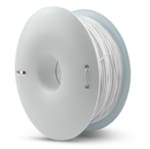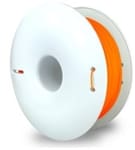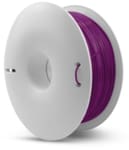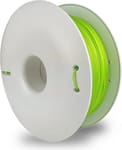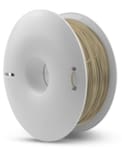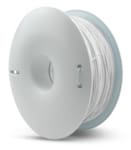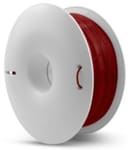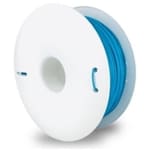How They Began
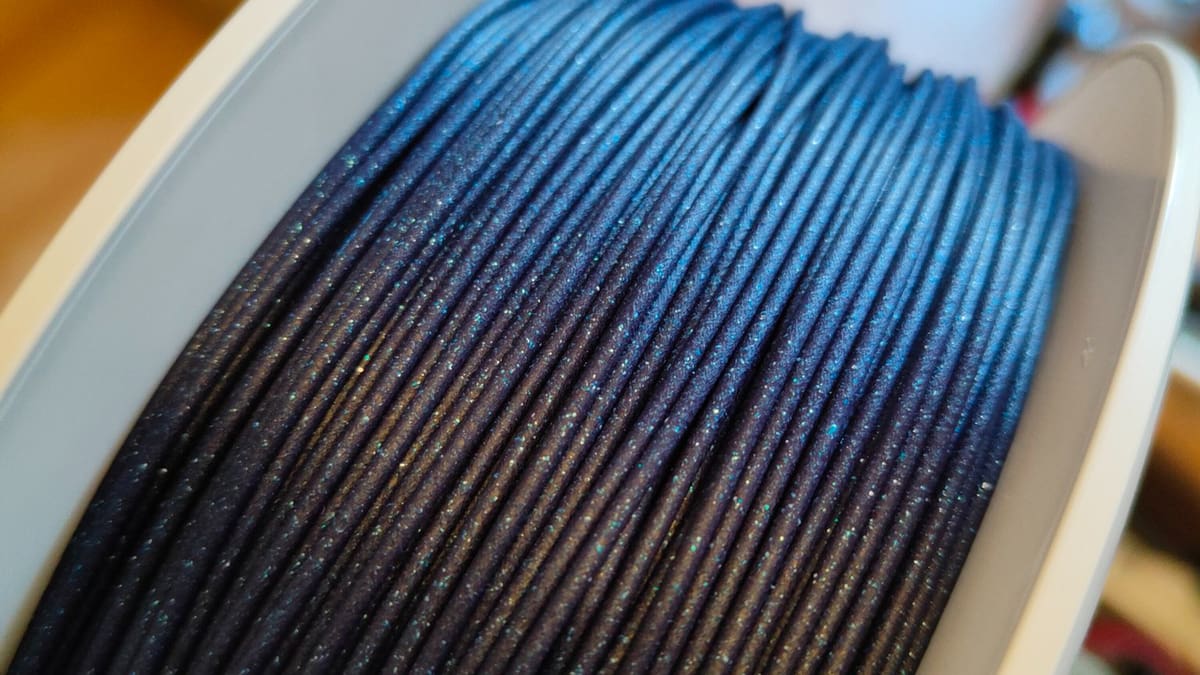
You may not have heard of Fiberlogy before, but it’s an innovative filament manufacturer based in Poland. They started making 3D printer filament in 2015 and have been expanding their product line ever since.
Fiberlogy offers filaments for almost any need you have, with materials suited to everyone from hobbyists to professionals. The range started off with basic materials like PLA, PETG, and ABS, and now includes more exotic filaments like ASA, PP, and nylon.
In this article, we’ll take a closer look at some of their many offerings. But first, let’s dive a bit deeper into what makes them unique.
Notable Qualities

While not as well known as some of the major brands in the space, Fiberlogy is making its mark in a few interesting ways.
First, the quality of their filament is quite high, as measured by the tolerances: +/- 0.02 mm for the diameter and +/- 0.01 mm for the oval. Some other brands like Prusa Research do offer this precision, but not for all materials that they sell – in Fiberlogy’s case, they do.
Second, their minimalist spool design is unique compared to anything else on the market. The idea behind their design is a way to stand out in a very competitive market. As used in their logo, it’s quite recognizable and tied to their brand.
Last, all of their filament is made in-house, giving them control over the quality and production process. Extensive information is included for each material in their datasheets, from print settings and densities to glass transition temperatures.
Now that we know a bit more about Fiberlogy’s filaments in general, let’s dive into all their offerings!
ABS
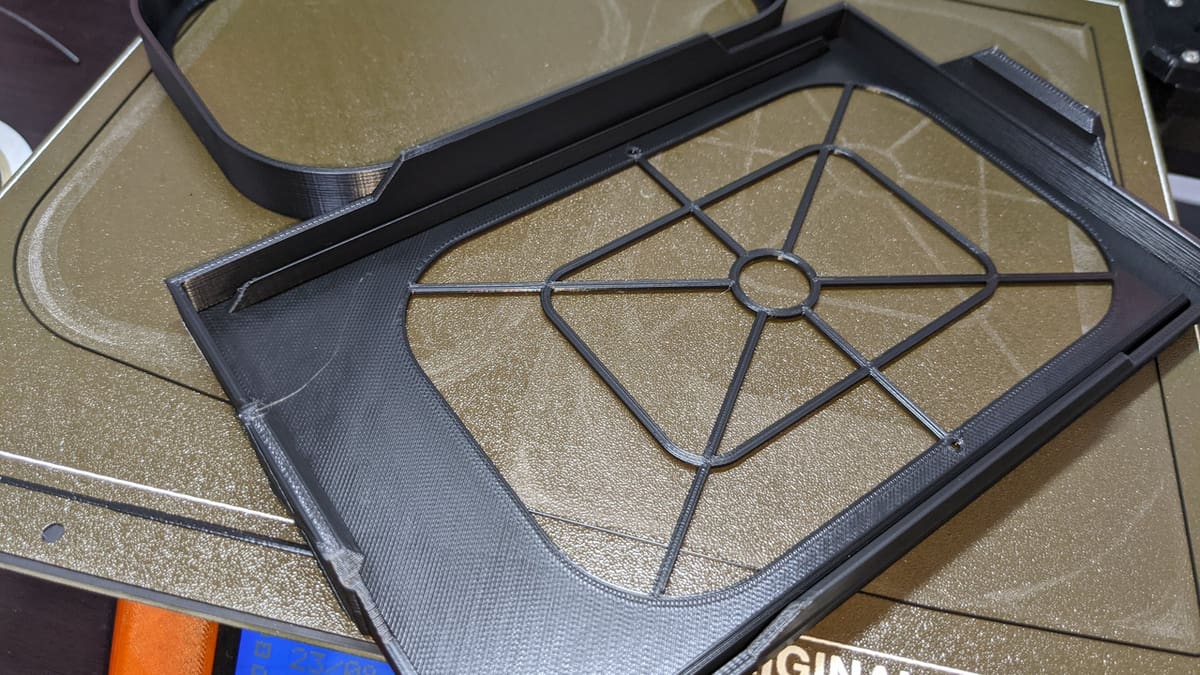
Generally speaking, ABS is well known for its strength and temperature stability and is commonly used in printing toys and functional parts. This performance does come at the detriment of the material creating fumes when printing and being prone to warping.
Like ABS from other manufacturers, Fiberlogy’s ABS does still need an enclosure when you’re printing with it. Reddit user Jastrzi found this out the hard way with their print shrinking with a poor enclosure. On the plus side, it does have a more subtle odor than other materials, which is welcome.
It’s available in several colors, including transparent ones like navy blue and light green, which are more commonly seen for PLA or PETG filaments.
- Colors: 11
- Recommended settings: Nozzle 250-265 °C, bed temperature 90-110 °C
- Sizes: 1.75 or 2.85 mm in 0.85, 2.5, and 4 kg spools
- Price: ~$20 per spool or ~$24 per kg
Other Variants
- Plus: With increased impact strength, heat resistance, chemical resistance and reinforced with polycarbonate
- Easy: Transparent prints with low shrinkage and a lower hot end temperature required
- ESD: Has dissipation and antistatic properties to protect electrical components, which is great for electronic enclosures and cases; only available in black
ASA
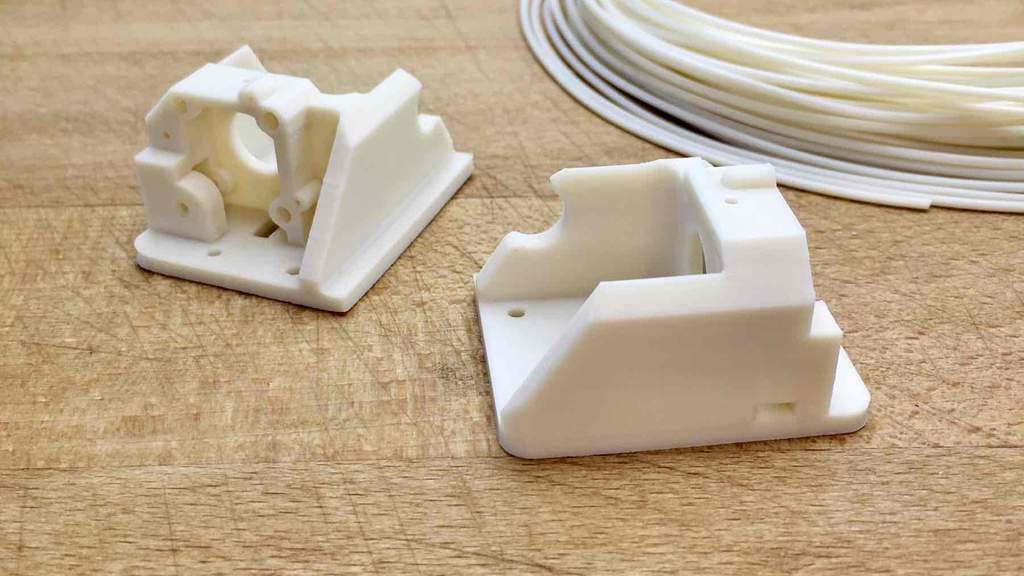
Seen as a proverbial step-up from ABS, ASA has the unique quality of being UV resistant, making it perfect for outdoor use. Depending on the blend, some ASA filaments require an enclosed chamber to print. For Fiberlogy’s ASA, this isn’t the case.
From our testing, we found it performed quite well. Without the need for an enclosure or a special adhesive to ensure a good grip on the build plate, it should be easier to print than ASA from other brands. Fiberlogy’s ASA is also less prone to warping.
- Colors: 8 (blue, graphite, gray, light green, natural, orange, white, yellow)
- Recommended settings: Nozzle 255-270 °C, bed temperature 90-110 °C
- Size: 1.75 mm in 0.75 kg spools
- Price: ~$30 per spool or ~$40 per kg
BVOH
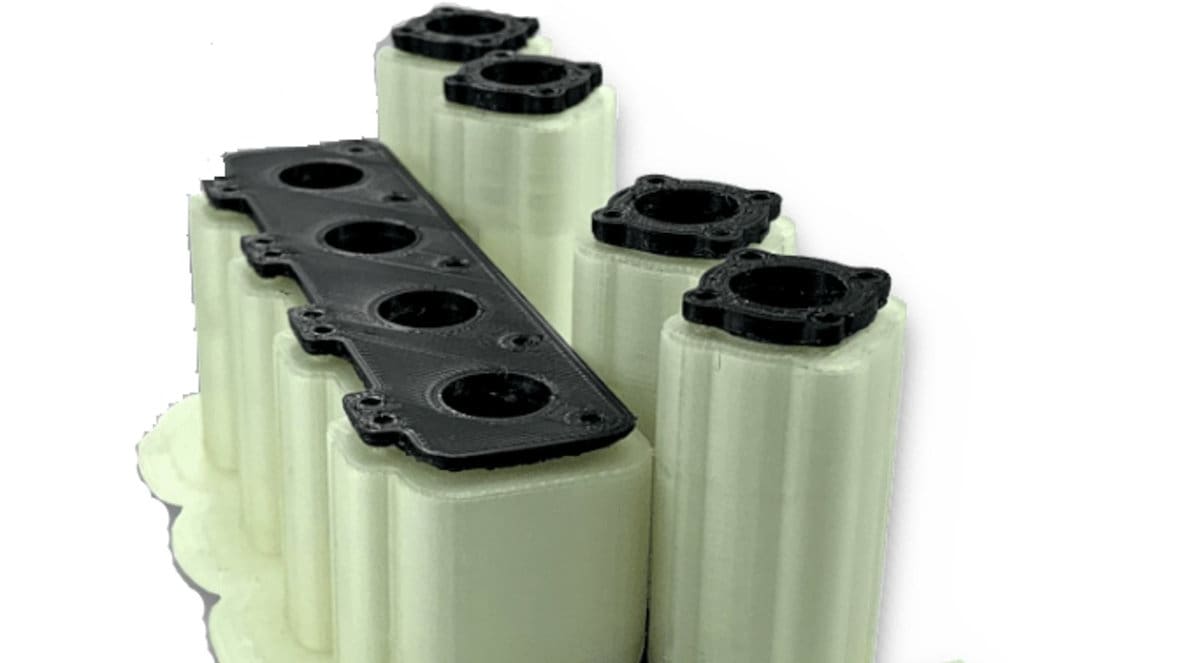
BVOH is an interesting filament that’s known for its capabilities as a soluble support option for dual extruder printers. It can be paired with a variety of materials like PLA, ABS, PETG, ASA, nylon, and flexible filaments.
Since it’s water-soluble, you can remove supports by submerging the part in warm water. As such, you shouldn’t expect much in terms of performance from BVOH; it’s best suited to detail or decorative pieces.
Interestingly, Fiberlogy claims that BVOH can be disposed of in your home sewage system, but no details are provided for what method is required to accomplish this. For printing tips, it’s recommended by some in the community that you print BVOH quite slowly at less than 35mm/s, and print on either glass or masking tape for best results.
- Color: 1 (natural)
- Recommended settings: Nozzle 190-220 °C, bed temperature 50-70 °C
- Size: 1.75 mm in 0.5 kg spools
- Price: ~$80 per spool or ~$160 per kg
FiberFlex 40D
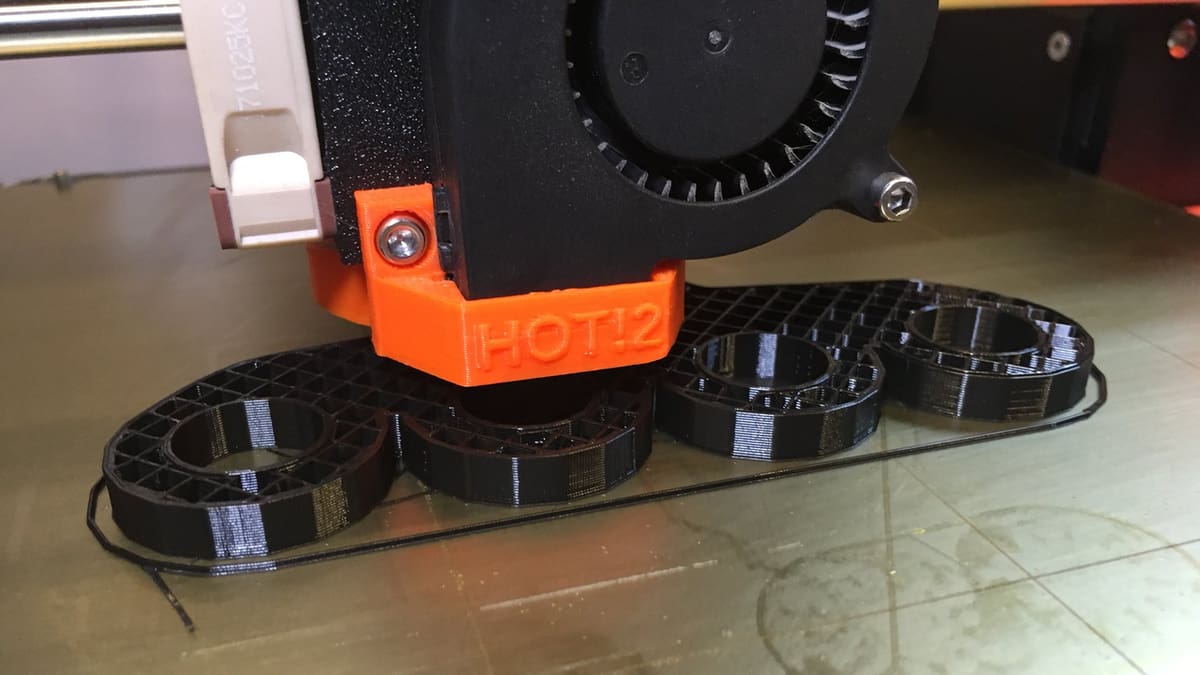
Flexible filaments are great for when you want to print something that behaves like rubber. It’s ideal for making objects that need to deform but not break, like gaskets or grips. One of the downsides to this material is it can be difficult to print. The reason or this is that extruder gears are designed to push filament along to the hot end, and the flexibility of the material (equating to lack of stiffness) can make this process challenging.
Like many flexible filaments, you’ll want a slow print speed. In the case of FiberFlex 40D, 20mm/s is recommended. If you’ve printed with flexible filaments before, you’ll know they tend to ooze a lot. One way that’s recommended to combat this is by using concentric infill, which stops the hot end crossing gaps and helps reduce stringing.
- Colors: 17
- Recommended settings: Nozzle 200-220 °C, bed temperature 50-70 °C
- Sizes: 1.75 or 2.85 mm in 0.85 kg spools
- Price: ~$43 per spool or ~$52 per kg
Other Variants
- 30D: As it’s a softer filament, it should be printed slower than the 40D; greater impact and break resistance; recommended to be printed on a direct drive extruder setup; available in 10 colors
FiberSilk Metallic
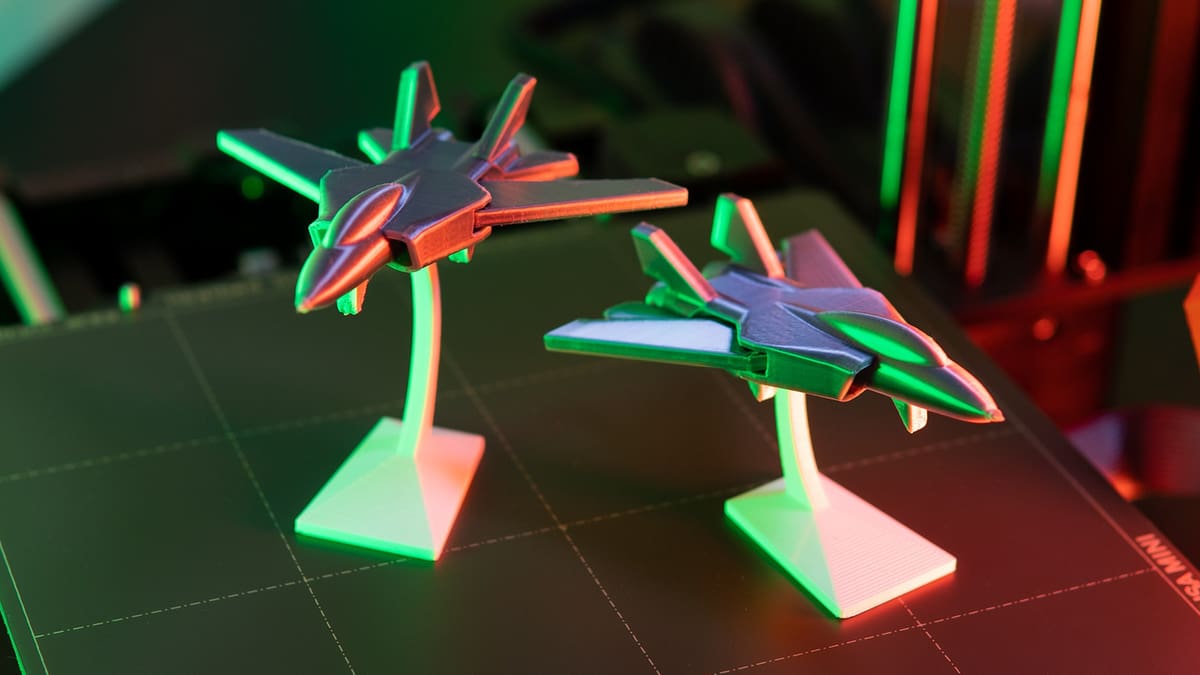
Similar to silk PLA blends, Fiberlogy’s FiberSilk Metallic has a distinct metallic shine for each color. This material is great for highlighting all features of a print, even the tiniest details. It also captures and reflects light very well, giving some very unique effects, like in the image above.
Some users have found that because of the reflective appearance of the filament, it highlights seams and defects more, so you might want to try to minimize layer lines via your slicer settings or do some post-processing. For best results, users suggest setting a slower print speed to minimize print defects. Specifically, around 35-45 mm/s appears to be the sweet spot.
- Colors: 18
- Recommended settings: Nozzle 210-230 °C, bed temperature 50-70 °C
- Size: 1.75 mm in 0.85 kg
- Price: ~$30 per spool or ~$35 per kg
FiberWood
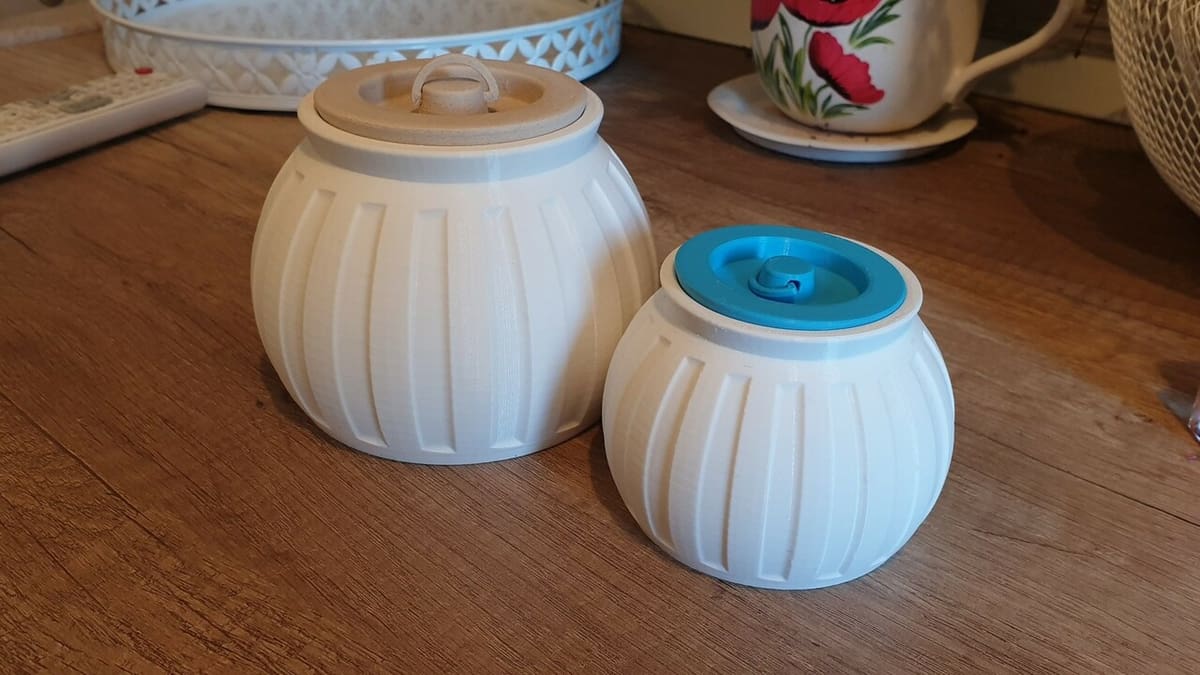
Appearance is one important aspect of 3D printing; makers are often trying to get the cleanest and shiniest finish possible. Wood filament is a bit different since when you’re using it, you want to reproduce the texture and appearance of wood.
As it’s a composite filament, it doesn’t require extreme temperatures to print. However, you’ll want a larger nozzle (minimum 0.6 mm) to prevent clogs, since there are pieces of wood in the filament. Like other wood filaments, according to WolfWorks3D on Twitter, FiberWood gives off the aroma of wood when printing.
- Colors: 5 (black, brown, carmine, natural, white)
- Recommended settings: Nozzle 190-210 °C, bed temperature 50-70 °C
- Sizes: 1.75 or 2.85 mm in 0.75, 2.5, and 4 kg spools
- Price: ~$40 per spool or ~$53 per kg
HIPS
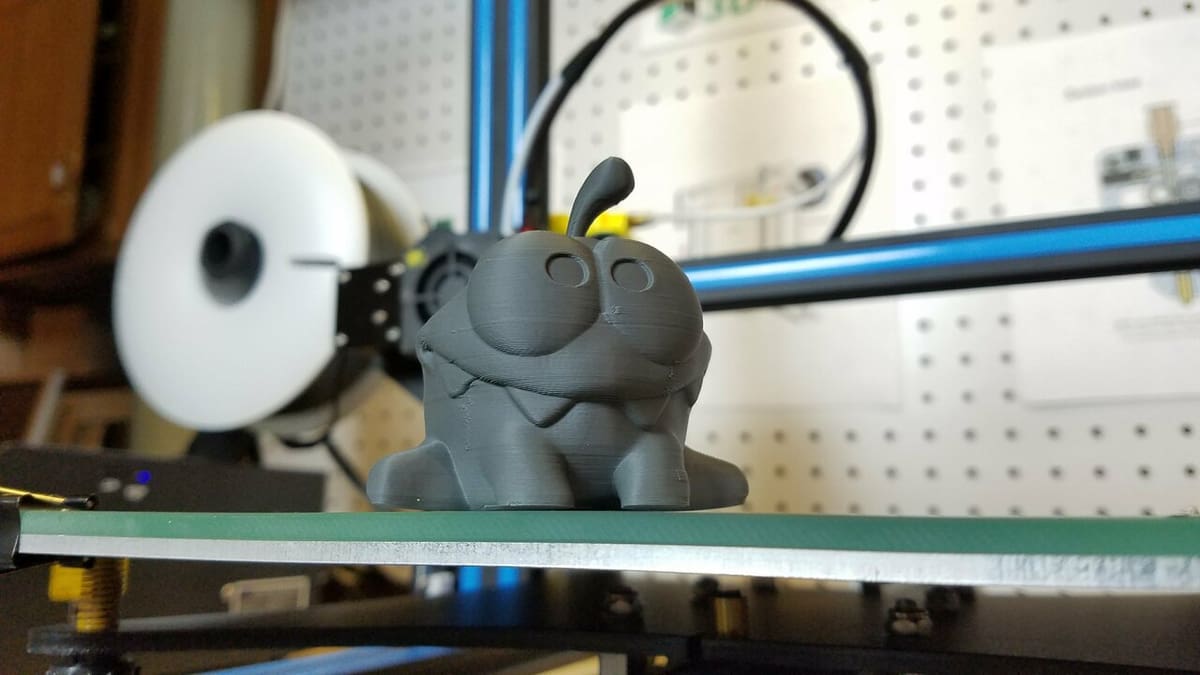
The foremost use of high-impact polystyrene (HIPS) is to create dissolvable supports. Unlike BVOH mentioned above, HIPS is dissolved by use of the solvent limonene rather than warm water. 3D Now discussed in their YouTube video that they found Fiberlogy’s HIPS prints have a matte finish and are able to be polished.
As a community member has pointed out, since HIPS has very similar properties to ABS, you’ll get the best results when it’s printed with an enclosed machine. If you’re printing it with dual extrusion, you’ll want to consider the environments that each of the materials prints best in.
For example, pairing HIPS and PLA together isn’t a great choice as the required temperatures aren’t close. Considering Fiberlogy’s HIPS filament has a recommended bed temp of 80-100 °C, that won’t mix well with the PLA as the bed temperature is above most PLA blends’ glass transition temperature.
- Colors: 5 (black, grey, natural, blue, red)
- Recommended settings: Nozzle 230-245 °C, bed temperature 80-100 °C
- Sizes: 1.75 mm in 0.85, 2.5, and 4 kg spools
- Price: ~$23 per spool or ~$27 per kg
Nylon PA12
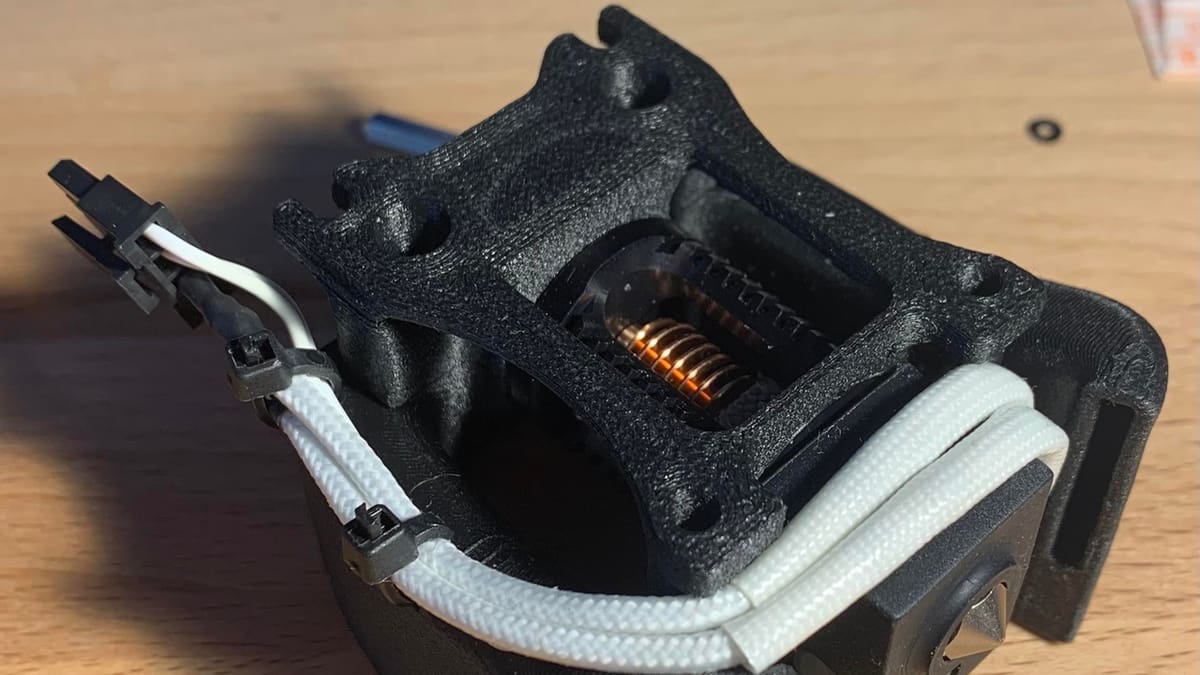
Nylon PA12 is a material you’d pick when you want your prints to hold up to a substantial amount of abuse, while not diving into the industrial material space. One thing about Fiberlogy’s nylon offering that really stands out is how it stacks up against the competition. For example, you can get similar mechanical properties to 3DXtech’s nylon (known for their engineering filaments) at a cheaper price.
The 3D Print General tested Fiberlogy and other brands’ nylon filaments and Fiberlogy’s held its own against some of the favorites. Interestingly, it was the only filament that didn’t have major changes in performance when printed with the print fan on or off.
- Colors: 9 (black, blue, inox, light green, natural, orange, red, white, yellow)
- Recommended settings: Nozzle 255-270 °C, bed temperature 100 °C
- Size: 1.75 mm in 0.75 kg spools
- Price: ~$44 per spool or ~$59 per kg
Other Variants
- +CF: Very stiff material, with great heat and mechanical properties; for parts like hot end mounts and enclosures
- +GF: The glass fibers inside this nylon make it quite resistant to breaking and flexes instead; for parts with variable loads and impact resistance
PETG
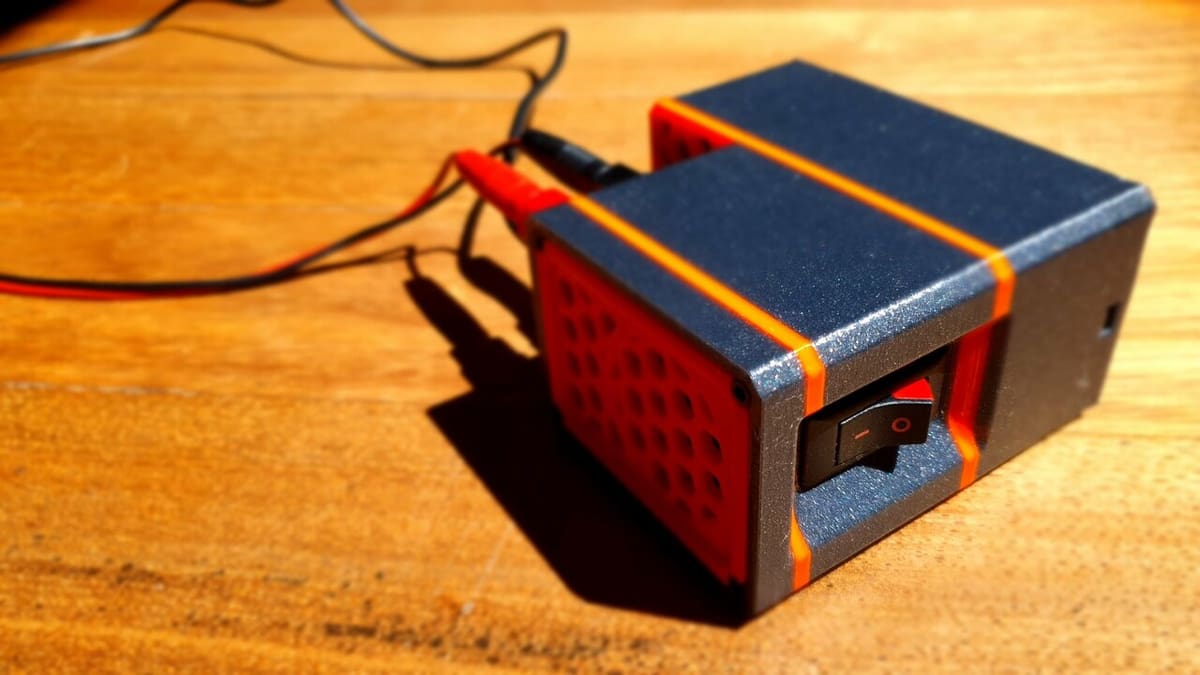
Between ABS and PLA, you have PETG. Not as brittle as PLA or as difficult to print as ABS, it’s a good middle ground for those looking for a stronger material without too many printing difficulties. This filament seems to not like cooling with some users finding it prints best at 240 °C with a very low fan.
The 3D Print General has a good overview video of Fiberlogy’s PETG, outlining their views on it compared to other brands they’ve tried. It seems to echo some of the community’s thoughts that it’s very easy to print, along with being quite durable compared to other options. A community member also printed a handle for a pan lid, which has been used for over a year and has held up in looks and functionality.
- Colors: 15
- Recommended settings: Nozzle 230-250 °C, bed temperature 90 °C
- Sizes: 1.75 mm in 0.85, 2.5, or 4 kg spools
- Price: ~$35 per spool or ~$41 per kg
Other Variants
Easy: Less likelihood of stringing, filament burning and blistering; should be as easy to print as PLA but with better performance
CPE HT (new): Claims to have great temperature resistance (up to 110 °C) and great mechanical resistance
PCTG (new): Claims increased impact strength, clarity, and temperature when compared to PETG; enclosure not required
Easy PLA
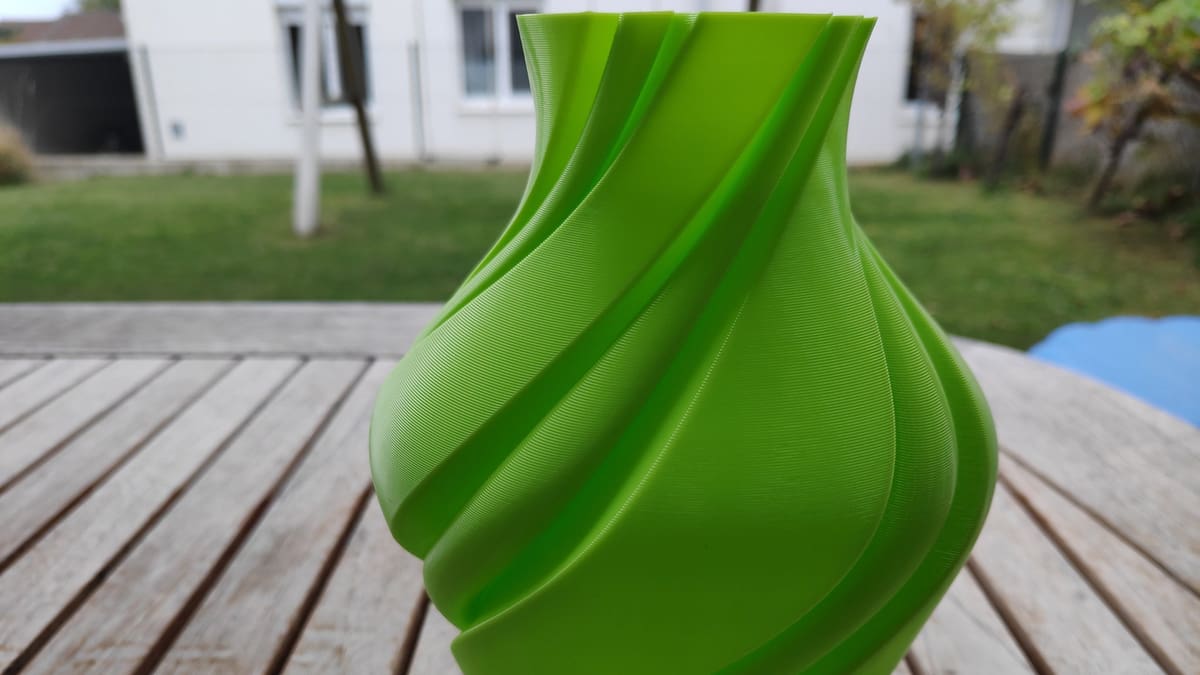
PLA is the starting point for most entering the 3D printing space, since it’s the easiest type of filament to print with. It’s properties make it great for decorative or detailed objects, or parts that experience small loads.
There aren’t any specific printing tips for this filament as it’s designed to be easy to print; Fiberlogy actually calls their basic PLA “Easy PLA“. Your existing settings for PLA should be fine to achieve great prints or at least as a starting point. If you are going for maximum detail, some community members recommend printing quite slowly, around 25 mm/s.
For some added pizazz, some of Fiberlogy’s PLA colors like Vertigo also have metal pigments mixed in that’ll give your prints extra shine.
- Colors: 22
- Recommended settings: Nozzle 200-230 °C, bed temperature 50-70 °C
- Sizes: 1.75 or 2.85 mm in 0.85, 2.5, or 4 kg spools
- Price: ~$20 per spool or ~$24 per kg
Other Variants
R: Performs the same as standard PLA, just made entirely from recycled PLA
HD: Can be printed like normal PLA or heat-treated in an oven for ABS-like performance; annealing this material will cause the print to shrink (Fiberlogy provides full details on how anneal their HD PLA)
Impact: Increased resistance to cracking and breaking under impact; higher resistance to temperatures; similar performance to PETG and ABS
Mineral: Resembles a plaster-casted object; allows you to reproduce the smallest details easily; perfect for placeholders or art pieces
PP
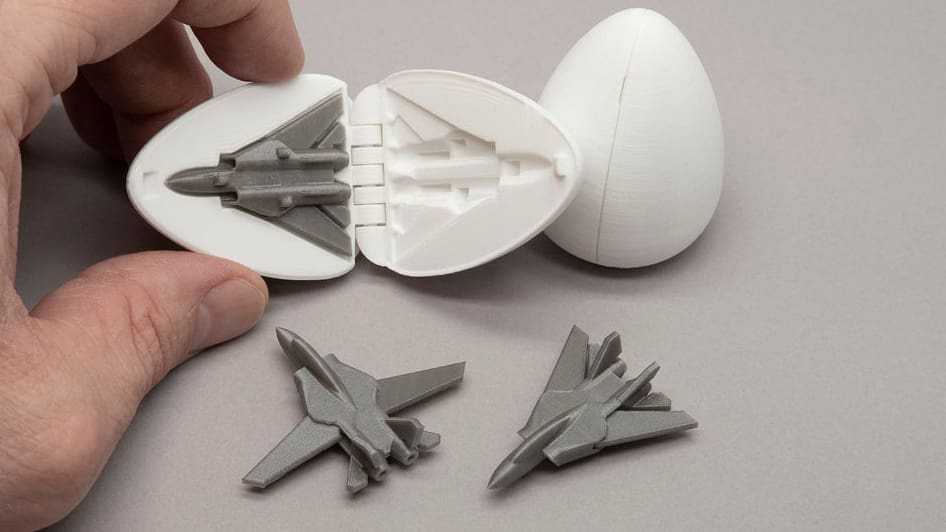
Polypropylene (PP) is great for repeated, low-stress applications. It’s commonly used to make packaging, such as yogurt tubs, as it’s flexible, durable, light, and resistant to chemicals. When printing, you’ll want to use minimum cooling because Fiberlogy’s PP (like all PP) is quite prone to warping.
Other than the warping, the other challenge to printing with PP is getting it to stick to the build plate. A prolific maker agepbiz (the designer of the surprise egg model pictured above) recommends printing PP onto tape. Otherwise, it can struggle to stick to print surfaces, regardless of whether you use glue to help it stick.
- Colors: 9 (black, blue, graphite, gray, light green, natural, orange, red, yellow)
- Recommended settings: Nozzle 220-250 °C, bed temperature 0-80 °C
- Size: 1.75 mm in 0.75 kg spools
- Price: ~$30 per spool or ~$40 per kg
Bonus: Refills

Filament refills are a great way to buy filament without using unnecessary spools. Refills comes bound by zip ties and fit the 3D printed “Master Spool” from Thingiverse user RichRap. They’re only available for Easy PLA and Easy PETG, so unfortunately you can’t get refills for all of Fiberlogy’s lineup. Regardless, it’s nice to have an option that saves some money and is better for the environment.
Some users have expressed concern for the refill not fitting the MasterSpool. Keep in mind that it’s designed for the RichRap project mentioned above, so make sure you are using the correct spool or at least a derivative of that project.
- Colors: 10 (for Easy PLA and Easy PETG filaments only)
- Recommended settings: Nozzle 230-250 °C, bed temperature 90 °C
- Size: 1.75 mm in 0.85 kg spools
- Price: ~$18 per refill or ~$21 per kg
Lead image source: neozed via Twitter
License: The text of "Fiberlogy Filaments: All You Need to Know" by All3DP is licensed under a Creative Commons Attribution 4.0 International License.
CERTAIN CONTENT THAT APPEARS ON THIS SITE COMES FROM AMAZON. THIS CONTENT IS PROVIDED ‘AS IS’ AND IS SUBJECT TO CHANGE OR REMOVAL AT ANY TIME.
